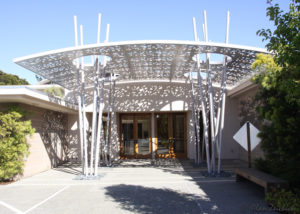 This is one of a series of articles I wrote for the monthly Bulletin of Peninsula Temple Sholom in Burlingame, Calif.
This is one of a series of articles I wrote for the monthly Bulletin of Peninsula Temple Sholom in Burlingame, Calif.
Mah tovu ohaleha, Yaakov, mishk’notecha Yisrael! Vaani b’rov chasd’cha, avo veitecha, eshtachaveh el heichal kodsh’cha b’yiratecha.
How fair are your tents, O Jacob, your dwellings, O Israel! I, through Your abundant love, enter Your house. I bow down in awe at Your holy temple.
Peninsula Temple Sholom is beautiful. You see it when you enter the parking lot – the beds of roses, the trees, all the landscaping. Two lovely buildings, one with our Sanctuary, Social Hall, and administrative offices; the other with our Preschool and Religious School. High ceilings, inspired architecture, lots of light. PTS is more than a synagogue. It’s a work of art.
That is not why PTS is beautiful, however. The beauty is in you. In your friends and family. In babies, children, teens, young adults, empty nesters, seniors. In our community.
Our temple is a tent, as in the words of Balaam in Parshat Bamidbar, where the Mah Tovu blessing comes from. Yes, it’s a permanent tent, not a moveable one. Our tent has a dome and a bimah, a sacred ark holding our Torah scrolls, classrooms and playgrounds, gift shop and kitchens and bathrooms. Space for dancing and singing, for learning and teaching, for praying and laughing, and for hugging and crying.
Look around PTS the next time you are there for a worship service, or for a class, or to pick up your kids, or even for a committee meeting. In the buildings and spaces, you will see the work of generous donors and gifted architects, maintained by our hard-working staff and custodians. In the face of your fellow congregants, you see something even better. Friends, family, fellow congregants, we are all created b’tzelem elohim, in the image of God.
Coming together as a family
Peninsula Temple Sholom is where we, b’tzelem elohim, come together as Jews. Sometimes we come together in groups, to worship on a Friday night or Saturday morning, celebrate a bar/bat mitzvah, take a class, eat a festive meal. Sometimes we are here to meet with the rabbi, to prepare for a baby naming, or cry before a funeral.
When times are good, many of us take PTS for granted. We focus on our jobs, our families, the Giants, mowing the lawn, filling out college applications, worrying about aging parents, schlepping kids to soccer practice. A million and one things.
What does the Temple mean most of the time? If we have school-age kids, taking them to Religious School. If we have kids getting ready for b’nai mitzvah, taking them to lessons with the Cantor. If we are at the anniversary of the passing of a loved one, going to say Kaddish. If it’s around the High Holy Days, it means making sure we have our tickets for Rosh Hashanah and Yom Kippur services. And going to Friday night services only if our kids are on the bimah or if we have nothing else going on. Yes, all too often, that’s the sum total of our Temple experience.
When times aren’t so good, things change. The Temple is where we turn, whether it’s to the clergy, the staff, or our fellow congregants. That’s when we need PTS the most. And our Temple community is always, always there for you.
On duty 365 days each year
Being president of the PTS Board of Trustees, I’ve learned that while many congregants only interact with the Temple occasionally, the clergy and staff are on duty 365 days a year.
Services happen every week, whether you attend this week or not. Religious school is convened each year, whether you have a child there or not. Adult education classes are taught each week, whether you sign up or not. The rabbis make pastoral visits to homes, to hospitals, and to hospice, even if nobody in your family is ill. Weddings happen, whether or not you are invited. Funerals happen, whether or not your loved ones have passed on.
This costs money. PTS is a big organization, with a lot of expenses. Salaries, health care, utilities, equipment, supplies. We have nearly $3.3 million dollars in expenses projected for 2014-2015.
Fortunately, the Temple is in a healthy financial state. Through dues, donations and school fees, we are able to balance our budget each year, including the forthcoming fiscal year that starts July 1.
Thanking you in advance
To be direct: It’s not easy balancing the budget. Many expenses go up every year, from payroll to health care to supplies to utilities. We are still paying off the mortgage taken out for the Sanctuary and Social Hall renovations and construction of the Raiskin Torah Center. Maintaining and upgrading our aging infrastructure is not cheap.
Compounding the challenge: Even in this improving economic climate, many families are unable to contribute meaningfully to the Temple. They pledge far less than their fair share of the costs of operating our synagogue. Because it’s our Jewish value to never turn anyone away, that means we ask everyone else to contribute more.
That’s where you come in. This is the season when the Temple asks congregants to commit to their giving for the 2014-2015 year. You will receive a letter in the mail soon asking for an increase in your annual pledge to PTS. We hope you will answer this call.
Peninsula Temple Sholom is a tent, a shelter, and a blessing. Whether in good health and strength, or in weakness and need, we are all created b’tzelem eholim, and you are the real beauty of PTS. Thank you for your generosity, and I look forward to seeing you at the Annual Meeting & Conversation on Wednesday evening, May 21.
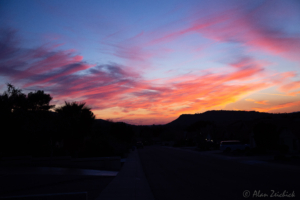



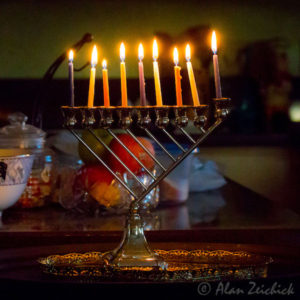 “Thou shalt not refer winkingly to my taking off my robe after worship as disrobing.” A powerful essay by Pastor Melissa Florer-Bixler, “
“Thou shalt not refer winkingly to my taking off my robe after worship as disrobing.” A powerful essay by Pastor Melissa Florer-Bixler, “ On this day before Thanksgiving (a U.S. holiday), let me share the concept of Shehecheyanu Moments.
On this day before Thanksgiving (a U.S. holiday), let me share the concept of Shehecheyanu Moments.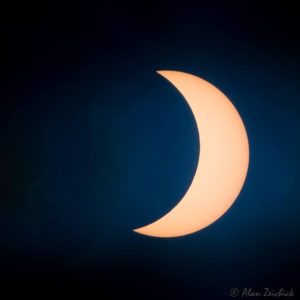 What happens when the sun goes disappears during the daytime? Rabbi Margaret Frisch Klein, of Congregation Kneseth Israel in Elgin, Illinois, wrote in her Energizer Rabbi blog on Aug. 22, 2017, just before the solar eclipse:
What happens when the sun goes disappears during the daytime? Rabbi Margaret Frisch Klein, of Congregation Kneseth Israel in Elgin, Illinois, wrote in her Energizer Rabbi blog on Aug. 22, 2017, just before the solar eclipse: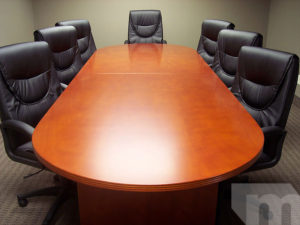 To those who run or serve on corporate, local government or non-profit boards:
To those who run or serve on corporate, local government or non-profit boards: Judaism is a communal religion. We celebrate together, we mourn together, we worship together, we learn together, and we play together. The sages taught, for example, that you can’t study Torah on your own. We need 10 Jewish adults, a minyan, in order to have a full prayer service. Likewise, while we may observe Shabbat, Hanukkah, and Passover at home, it’s a lot more fulfilling to come together on Friday nights at the sanctuary, at the annual latke fry, or at the community seder.
Judaism is a communal religion. We celebrate together, we mourn together, we worship together, we learn together, and we play together. The sages taught, for example, that you can’t study Torah on your own. We need 10 Jewish adults, a minyan, in order to have a full prayer service. Likewise, while we may observe Shabbat, Hanukkah, and Passover at home, it’s a lot more fulfilling to come together on Friday nights at the sanctuary, at the annual latke fry, or at the community seder. What is the most important part of your house of worship? Is it the spiritual well-being of the community or good attendance at adult classes and innovative programming events?
What is the most important part of your house of worship? Is it the spiritual well-being of the community or good attendance at adult classes and innovative programming events? Every day, I see the Face of the Sun.
Every day, I see the Face of the Sun. This essay was first published on the
This essay was first published on the  This essay was first published on the
This essay was first published on the 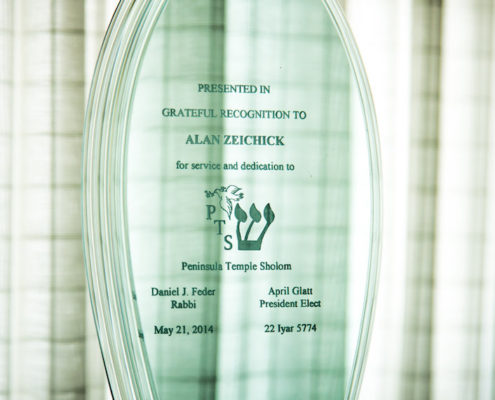 This is one of a series of articles I wrote for the monthly Bulletin of
This is one of a series of articles I wrote for the monthly Bulletin of  This is one of a series of articles I wrote for the monthly Bulletin of
This is one of a series of articles I wrote for the monthly Bulletin of 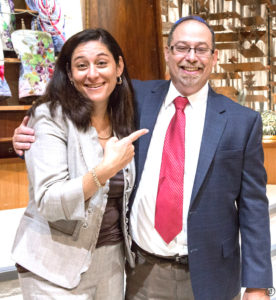 This is one of a series of articles I wrote for the monthly Bulletin of
This is one of a series of articles I wrote for the monthly Bulletin of 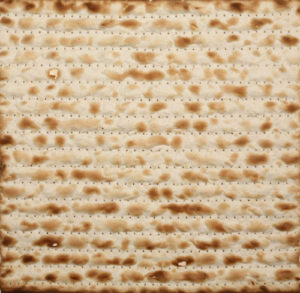 This is one of a series of articles I wrote for the monthly Bulletin of
This is one of a series of articles I wrote for the monthly Bulletin of 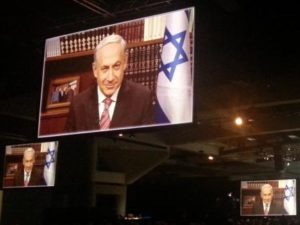 This is one of a series of articles I wrote for the monthly Bulletin of
This is one of a series of articles I wrote for the monthly Bulletin of 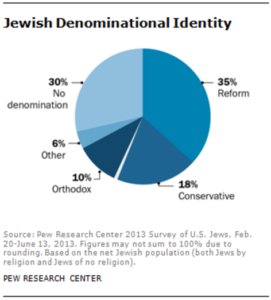 This is one of a series of articles I wrote for the monthly Bulletin of
This is one of a series of articles I wrote for the monthly Bulletin of  This is one of a series of articles I wrote for the monthly Bulletin of
This is one of a series of articles I wrote for the monthly Bulletin of 

 This is one of a series of articles I wrote for the monthly Bulletin of
This is one of a series of articles I wrote for the monthly Bulletin of 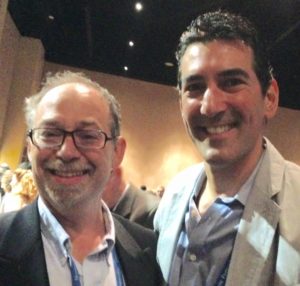 This is one of a series of articles I wrote for the monthly Bulletin of
This is one of a series of articles I wrote for the monthly Bulletin of 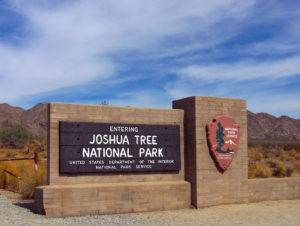 This is one of a series of articles I wrote for the monthly Bulletin of
This is one of a series of articles I wrote for the monthly Bulletin of  This is one of a series of articles I wrote for the monthly Bulletin of
This is one of a series of articles I wrote for the monthly Bulletin of 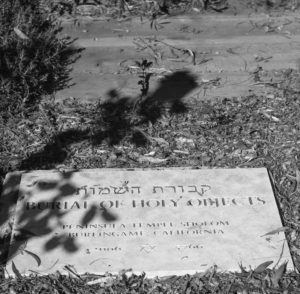 This is one of a series of articles I wrote for the monthly Bulletin of
This is one of a series of articles I wrote for the monthly Bulletin of  Have you learned any interesting stuff about the Temple?
Have you learned any interesting stuff about the Temple?